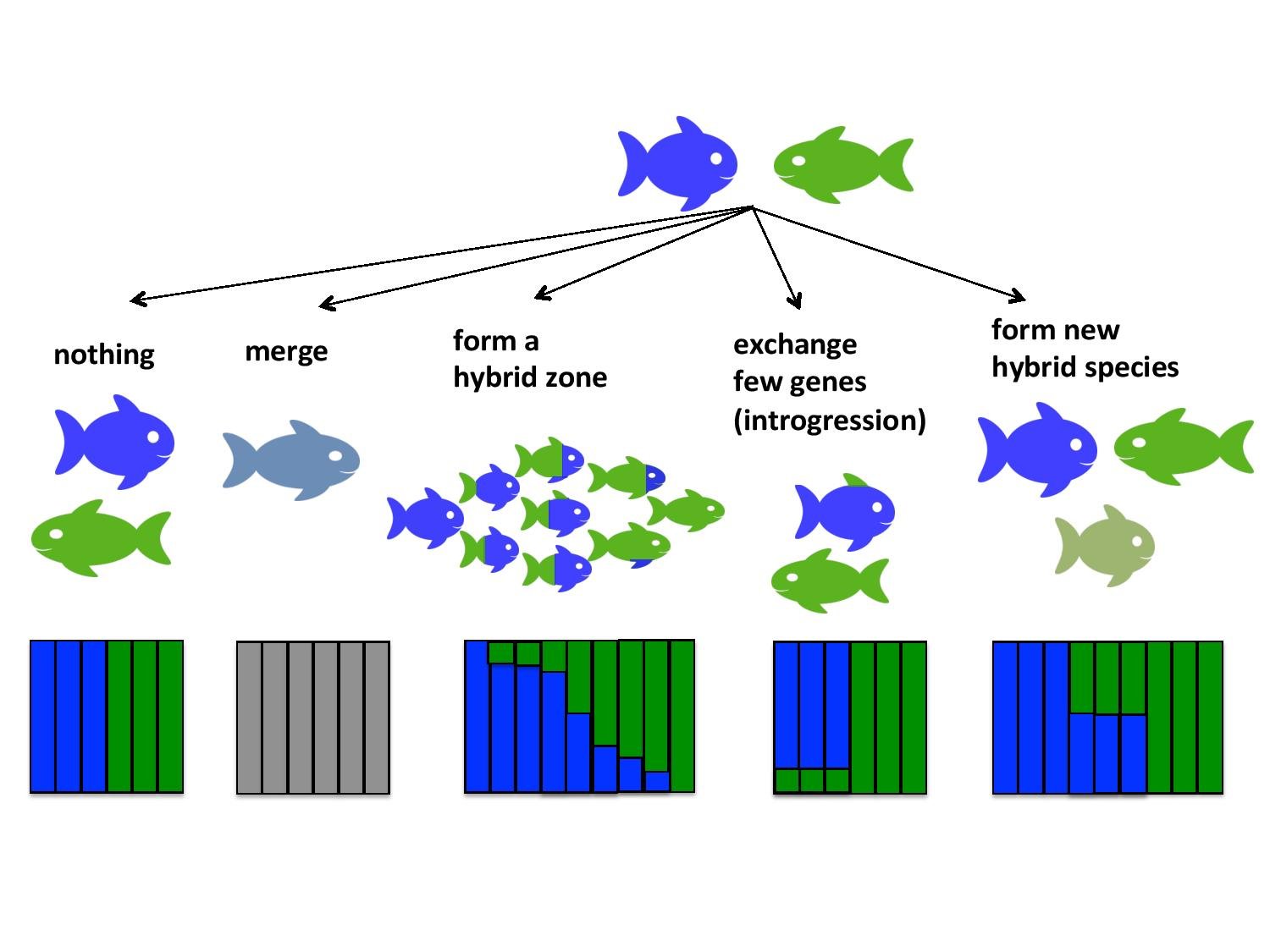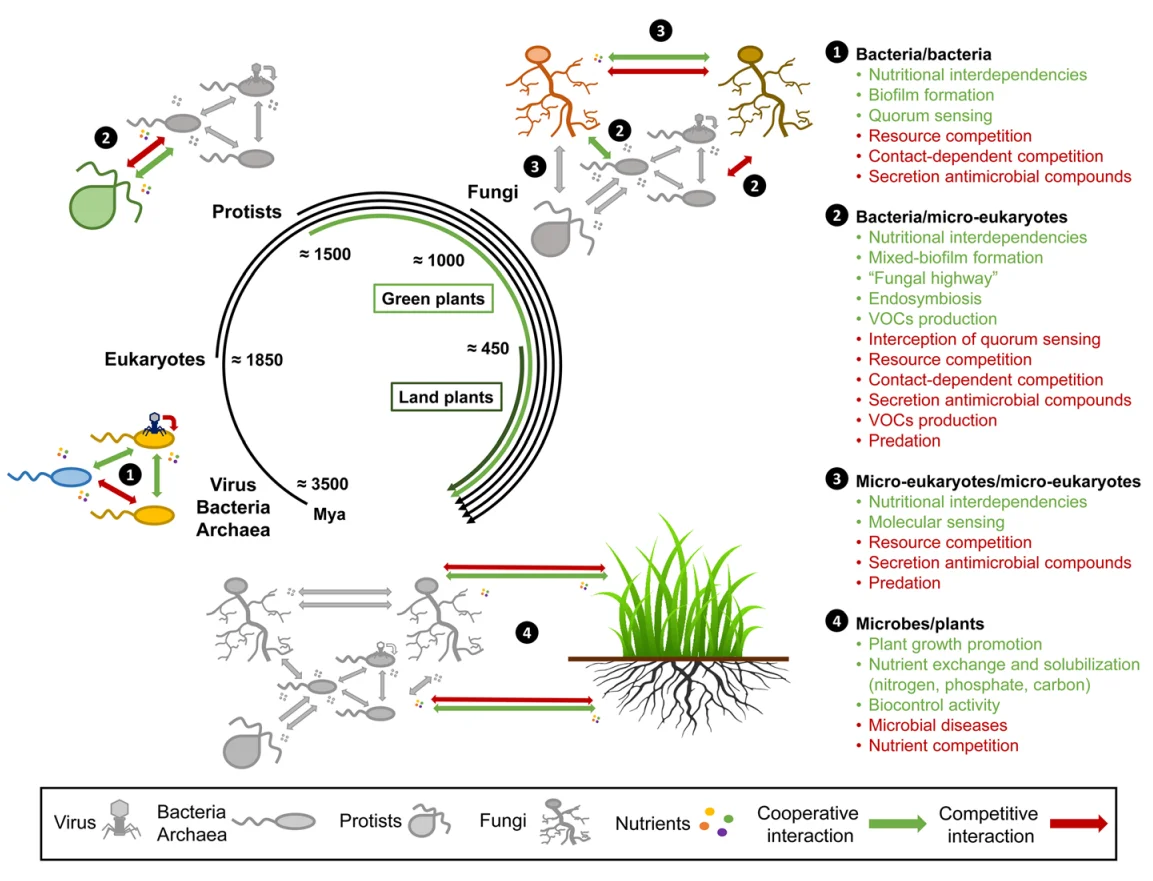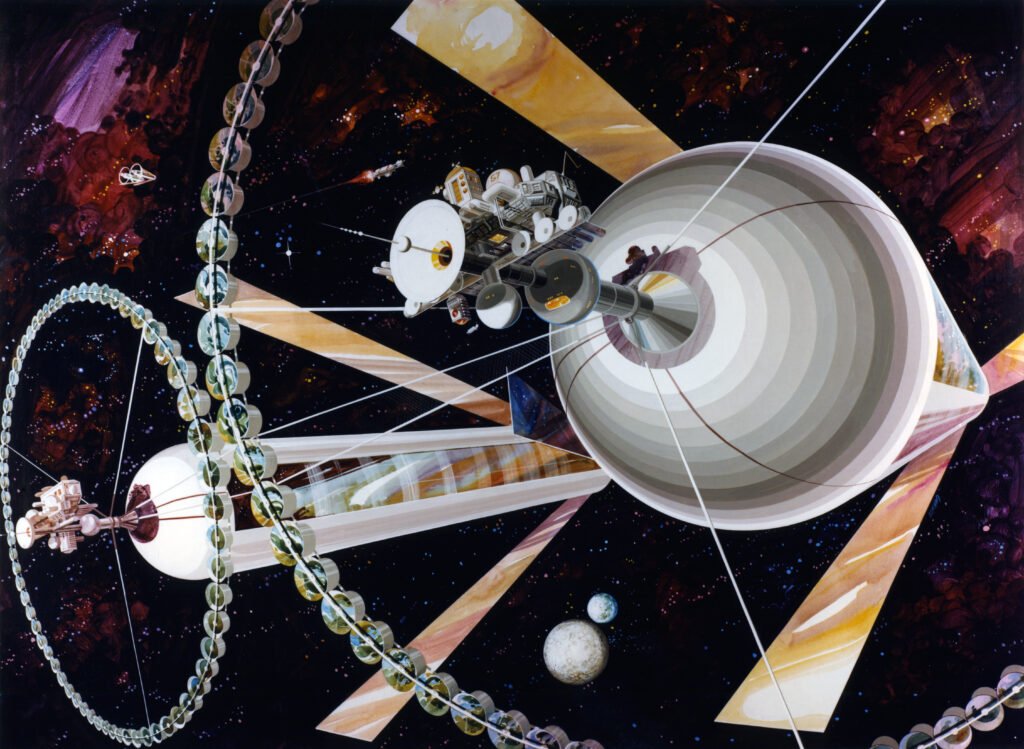Imagine walking through a bustling aquarium, surrounded by the vibrant life of the sea. You pause in front of a tank filled with sleek sharks and shimmering salmon. In a surprising twist of biological fate, you might be more closely related to the salmon than the shark is. This revelation is more than just a curious fact; it’s a testament to the fascinating journey of evolution. Let’s dive into the depths of this intriguing topic and unravel the mysteries of our connection to these aquatic creatures.
The Tree of Life: A Complex Network
The Tree of Life is a metaphorical representation of how all living things are related through evolution. Picture it as a sprawling family tree, with branches that stretch across time and species. At first glance, a shark and a salmon might seem like close relatives, both inhabiting the watery realms of our planet. However, a closer look at the evolutionary branches reveals a different story. Humans and salmon share a more recent common ancestor than sharks and salmon do, placing us in a closer kinship with the fish on our dinner plates than the apex predators of the sea.
Understanding Evolutionary Relationships
Evolutionary relationships are determined by tracing back the lineage of different species to their common ancestors. Think of it like tracing your family tree back to find a common great-grandparent. In the case of humans and salmon, our common ancestor lived millions of years ago, long after the lineage that led to sharks branched off. This means that, in evolutionary terms, we are more closely related to a salmon than a shark is. Our shared ancestry with salmon is a testament to the intricate and often surprising paths that evolution can take.
The Role of DNA in Tracing Ancestry
DNA, the blueprint of life, plays a crucial role in unraveling the mysteries of our evolutionary past. By comparing the DNA sequences of different species, scientists can determine how closely related they are. In the case of humans, salmon, and sharks, genetic analysis reveals that our DNA is more similar to that of salmon than to sharks. This genetic evidence supports the idea that we share a more recent common ancestor with salmon, highlighting the power of DNA as a tool for understanding our place in the natural world.
Salmon: Our Surprising Relatives
Salmon might be a staple on our dinner tables, but they are also fascinating creatures in their own right. Known for their incredible migratory journeys, salmon travel thousands of miles to return to their birthplace to spawn. This remarkable life cycle is a testament to their resilience and adaptability. Our shared evolutionary history with salmon is a reminder of the interconnectedness of all life on Earth, a connection that spans millions of years and countless generations.
Sharks: Ancient Predators of the Sea
Sharks have roamed the oceans for over 400 million years, making them one of the oldest groups of vertebrates on the planet. Their sleek bodies and keen senses have made them formidable predators, capturing the imagination of humans for centuries. Despite their ancient lineage, sharks are more distantly related to humans and salmon than one might expect. This distant relationship is a testament to the diverse paths that evolution can take, leading to the incredible variety of life we see today.
The Vertebrate Evolutionary Path

The journey of vertebrate evolution is a winding road filled with twists and turns. Vertebrates, animals with backbones, include groups like mammals, birds, reptiles, amphibians, and fish. Our shared ancestry with salmon is rooted in this evolutionary path, where our lineage diverged from that of sharks long ago. This divergence is a reminder of the dynamic and ever-changing nature of evolution, where species adapt and evolve to thrive in their environments.
Why Evolution Matters

Understanding our evolutionary relationships with other species is more than just an academic exercise. It provides insights into the shared history of life on Earth and the processes that have shaped the diversity of life we see today. Recognizing our connection to salmon and other species fosters a sense of wonder and appreciation for the natural world. It reminds us that we are part of a larger tapestry of life, interconnected in ways that are both profound and inspiring.
The Impact of Evolutionary Studies

The study of evolution has far-reaching implications for fields like medicine, conservation, and ecology. By understanding the evolutionary relationships between species, scientists can develop new treatments for diseases, devise strategies for conserving biodiversity, and gain insights into the complex interactions within ecosystems. Our connection to salmon and other species is a testament to the power of evolution as a unifying force in biology, providing a framework for understanding the natural world.
Reflecting on Our Place in the Natural World

As we explore the evolutionary connections between humans, salmon, and sharks, we are reminded of the intricate web of life that binds us all. Our shared ancestry with salmon is a testament to the wonders of evolution, a process that has shaped the diversity of life on Earth for millions of years. This knowledge invites us to reflect on our place in the natural world and to appreciate the remarkable journey that has brought us to where we are today.
Embracing Our Shared Ancestry
The revelation that we are more closely related to a salmon than a shark is a fascinating reminder of the interconnectedness of life. This connection transcends the boundaries of species, inviting us to embrace our shared ancestry with all living things. As we continue to explore the wonders of evolution, let us celebrate the diversity of life and our place within it. What other surprising connections might we discover as we delve deeper into the mysteries of our evolutionary past?




